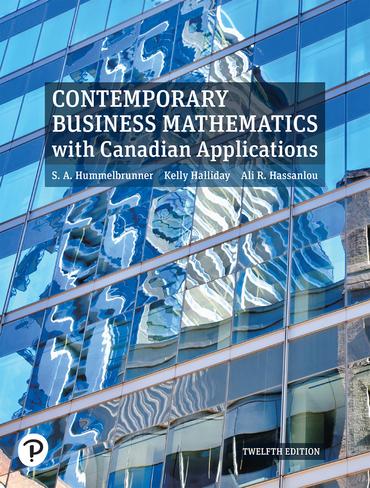Question
You have been given data on height and weight of NBA basketball players: NBA_Weight_Data_Student.xlsx Download NBA_Weight_Data_Student.xlsx Save the file as Last_First_ExcelStatistics.xlsx . Create a
You have been given data on height and weight of NBA basketball players: NBA_Weight_Data_Student.xlsxDownload NBA_Weight_Data_Student.xlsx
Save the file as "Last_First_ExcelStatistics.xlsx". Create a new tab called "working data" and place the Master tab information here. This should prevent you from deleting or altering the core master data tab.
Your job is to complete an analysis similar to the ones seen in lecture by answering the below 10 questions. Please note: The data is not in analyzable format yet as you need to create dummy variables in order to complete the requested regression using categorical/nominal variables. This means following the steps provided in lecture to create the columns of 0's and 1's for each position for each player. This can be done quickly using previous skills learned, specifically the excel IF(test, 1, 0) to populate the 0's and 1's. With appropriate absolute and relative cell references, this can be done in a few seconds.
You will export your results of the various tests/analyses to a word document and submit the word document for grading. You will do this by copying and pasting the statistical result output and pasting it as an image into a word document. Please make sure you paste the image such that all of the results are visible. You may need to resize the image or copy a portion of the excel workbook for this to work properly. You will also need to have your excel sheet available if the instructor requests it. Please place each numbered item in its own worksheet in your excel document for easier review.
As part of your deliverable you must submit answers to the following (10 points per question):
- Are there duplicated observations in this dataset? Why or why not? Discuss the data you are given.
- Run descriptive statistics for height and weight for the entire data set.
- histogram for each, height and weight, to check for normality. (Remove the legend and give your histogram a title for the variable it is charting)
- Are the heights and weights normally distributed?
- What could we do to this data to try and make it more normal if it isn't already?
- Apply a z-score correctly and find the x value needed to be in the 90th percentile of the distribution for height.
- Type out your answer in Word's equation editor with the equation you used
- Describe what a z-score is telling us generally in statistics and specifically as it applies to this data.
- Using a z-score correctly, In what percentile is a player who is 75.086 inches tall.
- Type out this equation in equation editor as well.
- Run a regression to predict weight by height.
- Describe in detail what the regression report tells us. There should be a discussion of r^2, the coefficients and the significance of each predictor.
- Run a regression to predict weight by height and position.
- Describe in detail what the regression report tells us. There should be a discussion of r^2, the coefficients and the significance of each predictor.
- Is this a better model that 6)?
- What could be done to improve this model further?
- Run an ANOVA to see if there are differences between weights of players at different positions.
- Report your findings
- Describe ways to proceed in further analysis.
- Conduct a T test to see if there is a difference in height between G-F and F-C.
- Report your findings
- This is an example of an independent two sample t-test. There are also one sample t-tests and paired sample t-tests that are additional variations of t-tests. In one sample t-tests, a group is compared to a standard value. For example, each bottle of soda is supposed to have 15.2 fl. oz. when filled. We could take a sample of 100 bottles and compare this to the standard value of 15.2. In paired sample t-tests, we have a single group that is compared at two different points of time or on two different variables. For example, we might have a group of 30 students and we'd test their knowledge of a subject before and after. We'd then see if their was a change in the mean value before and the mean value after with each student being considered one pair in the test. Which of these three methods do you think would be most applicable to you as a manager? Provide a very brief discussion of why.
- Finally, do players, grouping in five-year buckets for their draft year, appear to weigh more and are they taller using a box and whisker plot?
- Report your findings and include a visual box and whisker plot
- What, if anything, does this say about the trend over time?
Step by Step Solution
There are 3 Steps involved in it
Step: 1

Get Instant Access to Expert-Tailored Solutions
See step-by-step solutions with expert insights and AI powered tools for academic success
Step: 2

Step: 3

Ace Your Homework with AI
Get the answers you need in no time with our AI-driven, step-by-step assistance
Get Started


